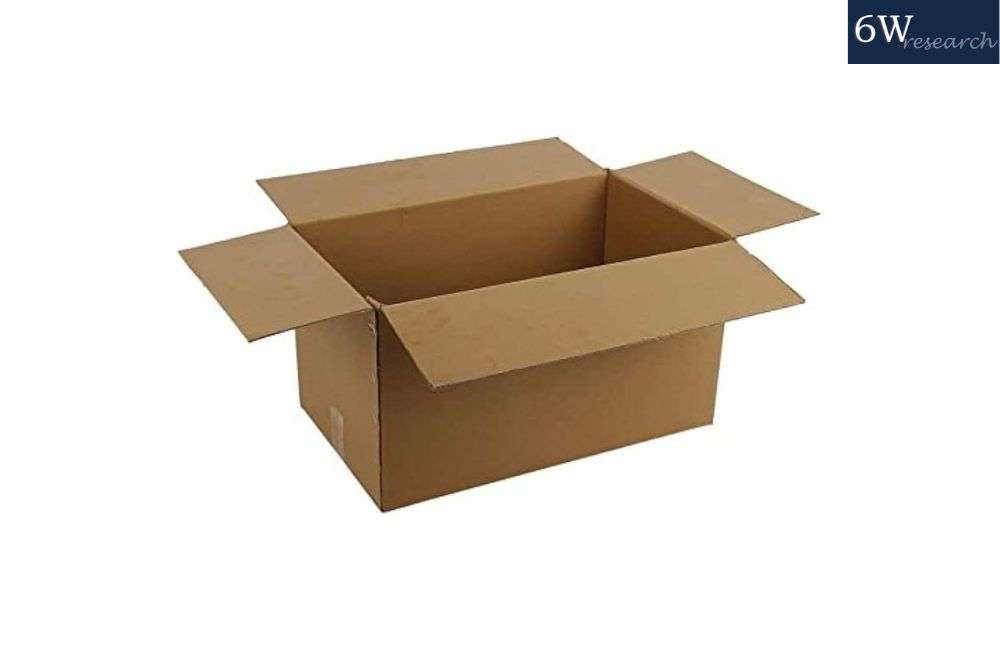In this day and age, brochures are suitable and capable of communicating your brand’s message globally. Brochures have a unique, long-lasting ability that can be profitable. Brochures are charts, tools for conducting specific transactions or events, or instructional media. A well-crafted, professionally designed business brochure is a potent marketing tool for your company.
A poorly made brochure will aggravate potential customers and drive them toward your rivals.
Many tools are many tools available to market your company. While many options could seem simple, the challenge lies in selecting the best marketing tool and then successfully utilizing it. Because brochures contain information that is simple to understand, they are one of the more common ways to connect with a target audience.
A prospect is aware they may frequently obtain the information from a brochure on their terms without elaboration. Brochure design is one of the best techniques to communicate your benefits to potential buyers. Still, it’s simple to make several basic errors that reduce your brochure designs to nothing more than drab paper.
8 Blunders to Avoid When Designing a Business Brochure
Here we have pointed out the significant mistakes designers make while creating brochures, according to Brochure Design Dubai. Avoid these frequent blunders to produce an effective brochure promoting your company, its goods, and services.
Several Typing Errors and Grammatical Mistakes
While finalizing your brochures, content must be looked at because the slightest typing and grammatical mistakes might give your business the wrong impression. Please verify all of your brochure’s text before publishing whether it is suitable for proceeding or not. To highlight any problems, one of the simplest methods to accomplish this is to copy and paste the writing into a Word document, which can help you with a more precise image of your content work.
Lack of Attention?
Regardless of how expertly your brochure is created, it could still suffer due to a lack of attention to quality content. They won’t provide a comprehensive stage to promote your brand message, so focus on your essential points. Consider emphasizing your company’s name, contact details, logo, and slogan while marketing your brand. To retain the consumer’s interest when advertising a particular product, use as few quality words and some pictures relevant to your product.
Use of Blurred Photos
An expertly designed brochure includes graphics to keep visual appeal, unlike a brochure that is just text, which is likely to be discarded. Displaying a picture of your goods can draw readers if you want to highlight it. Likewise, to enhance visual appeal and credibility when marketing a service, provide images from prior projects. To avoid pixelation in the final product, utilize high-resolution stock photographs or pay for specialized photos. Your brand’s image may suffer if you repeat this mistake.
Long Text Passages
Prospects will rapidly lose interest if the brochure cover is packed with text. Stocking your brochure to the brim with information, no matter how intriguing your goods or services are, will do more harm than giving a good image of your business. Suppose yourself in place of the customers. Will you often read long text passages, especially when distracted? This question can change your entire viewpoint about the strategies and can lead you to success.
Unbalanced Styles and Fonts
Because most brochures have an open style, designers frequently try to separate content using various styles and font sizes but maintain balance in developing a brand image. Stick to two or three styles in your brochure design to ensure consistency. Instead of using a different font to highlight a particular section of the text, think about utilizing bright colors. Readers may become confused by too many typefaces, making your brochure appear cluttered and uninteresting.
Use on Inconsistent Color Palette
Picking the perfect color palette gives your idea a character. To maintain visual coherence, think about utilizing those from your company’s identity. For the most remarkable results, use light and dark colors in combination. Colors are one of the essential components in a brochure that attracts customer attention to your business and compels them to deal with you, especially when your target audience is young. While using inconsistent colors throughout your brochure will appear unprofessional as a company.
Negotiating On Value of Piece
Never sacrifice the production value of your piece because your brochure reflects your business and seeks to make good sense to potential buyers. A brochure with low-quality photographs, paper, or print services will devalue your product and services. Always use high-end print materials for your brochures, such as matte, silk, or luxury paper, to achieve excellence. When it comes to pictures, buy stock photographs if you can’t afford a professional photographer. Never, under any circumstances, reuse a freeware graphic as it makes your brochure look like a tempered one that is an embarrassment for the business.
No Call to Action?
It may seem elementary, but you’d be surprised how frequently a brochure does not include the communication and contact details. A business must consist of the contact details and customer facilitation service links. It helps you to reach out to customers as they approach you through the links of social media, email, website, or company numbers to proceed further. Create a comfortable environment for them what you want them to do and how to do it for ordering your product or asking for your services to help them with their queries.
Final Takeaway
Your attention should, in essence, be directed at your company and its products. For your marketing to be successful, you need to hire an expert to create artistic brochures. It would help if you were heedful and practical while developing your brochures. Evade accepting a project you are confident you lack the expertise to complete. Be imaginative and cautious, and try to stay away from these typical errors. Most errors may be readily avoided when developing a company brochure. Make a detailed timeline and checklists, and most importantly, provide adequate time for the job. Then, as a top-notch advertising medium, you will create a perfect brochure that will draw in new clients.









